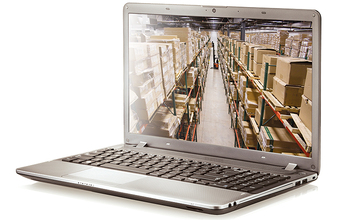
The average turnaround time of ships at Indian ports has improved from 4.01 days in FY15 to 3.44 days in FY17. However, this is still high in comparison with ports such as Singapore and Shanghai wherein turnaround time stands at between 1-2 days and 0-1 days respectively. The reason for this isn't only better loading and unloading infrastructure, such as material handling equipment, but also the reliance on advanced technologies.
As a nation, India enjoys many cost advantages vis-à-vis other nations due to lower labour costs and other overheads. However, the logistics cost in India, at 13-14 percent, is unfortunately much higher than the United States (9.5 percent) or Germany (8 percent). Such inefficiencies add to the cost of manufacturing local products thereby increasing final pricing and reducing our competitive edge in the global marketplace.
What we need is to adapt smart automation practices and not necessarily increase spend on machinery. An average Indian truck covers a distance of 400-450 km per day which is much lower than the nearly 804 km (about 500 miles) per day achieved by trucks in the United States.
Few premium truck models in India already include electronic control unit (ECU) which is essentially a computer with internal pre-programmed and programmable computer chip. This ECU can easily detect faulty components or parts in case of unforeseen break-downs thereby reducing downtime. This ensures that the time spent on diagnosis is minimized and immediate communication can be sent to the nearest service center for making identified spare parts available and for servicing.
The same principle could be applied to the logistics and warehousing scenario wherein material handling machines could be programmed to detect faults and timely remedial measures can be taken. In addition, new-age demand forecasting techniques could allow warehousing managers to plan out their stocking requirements. This would also allow warehousing managers to meet any sudden rise or fall in demand for particular products thereby ensuring optimum utilization of available space.
Many of us look towards mechanization in warehousing or logistics processes as a move towards labour cuts. However, mechanization without technological augmentation such as automation and data exchange, especially in warehousing and logistics technologies, is meaningless and will not yield optimum results.
(Continued on next page)
